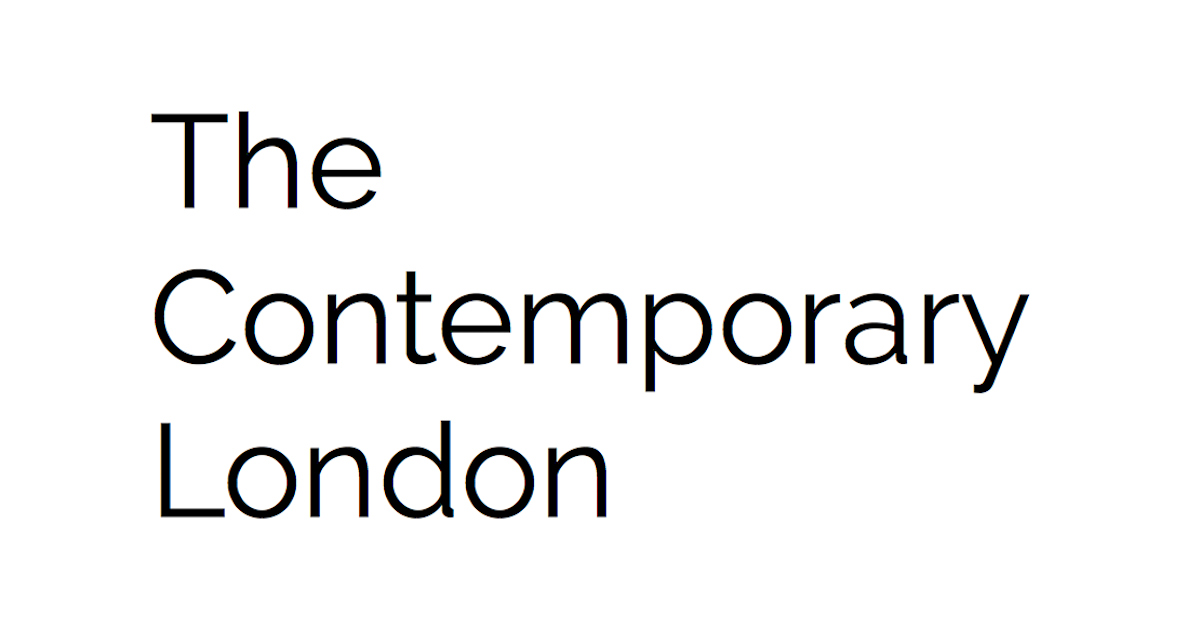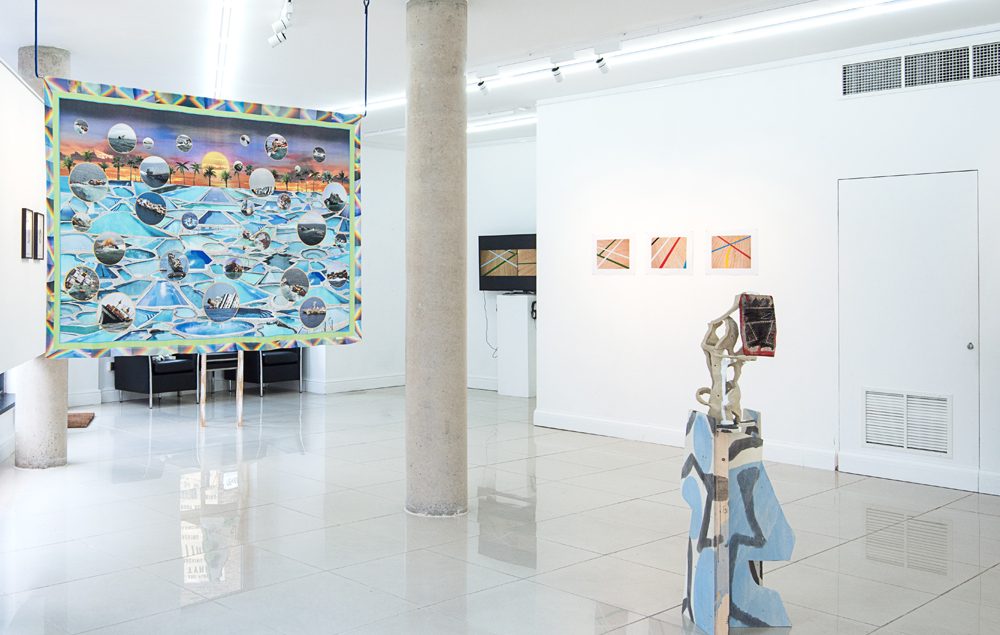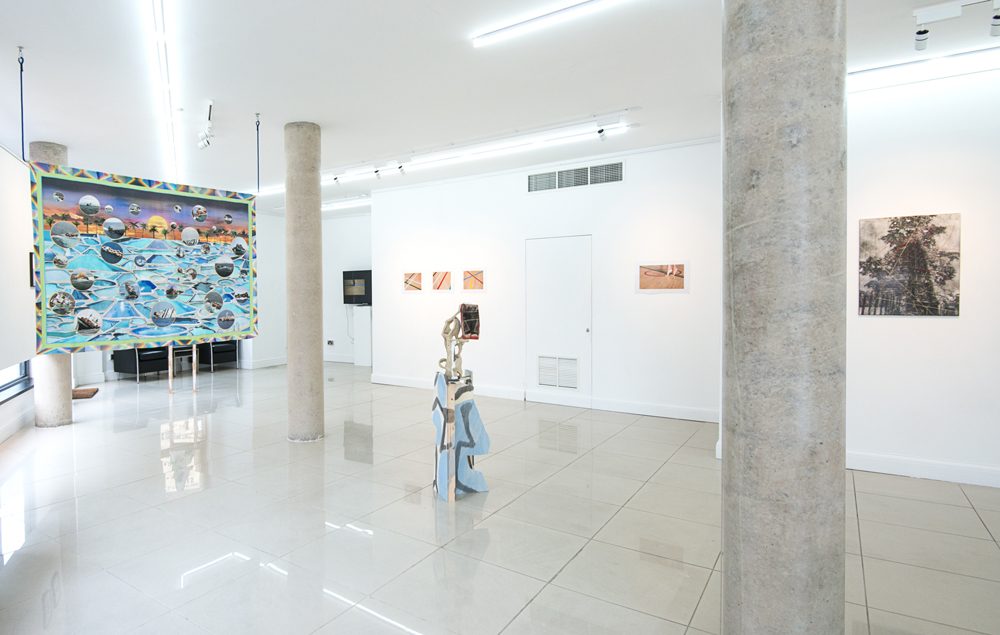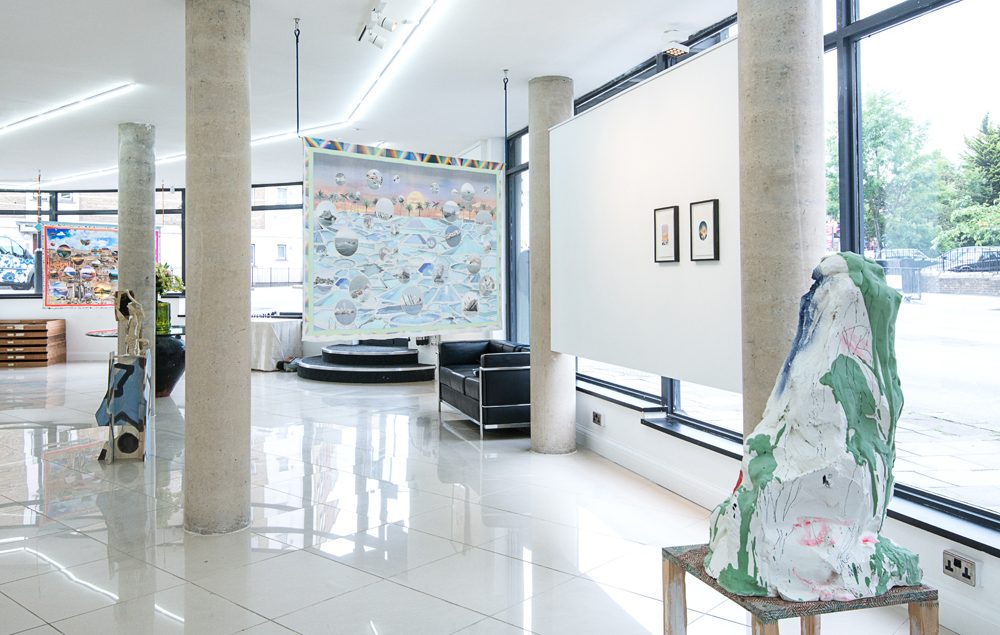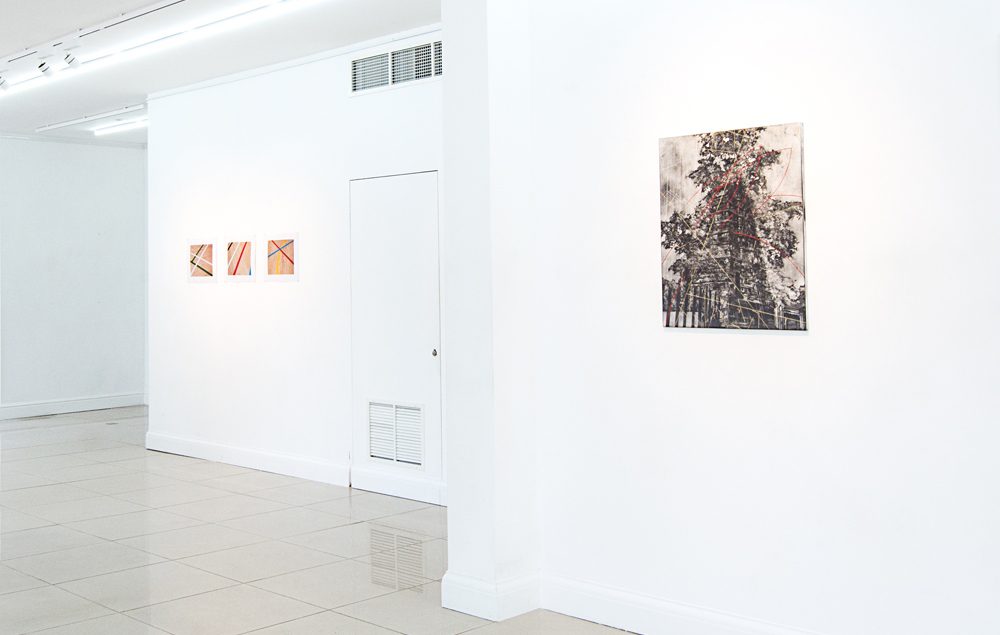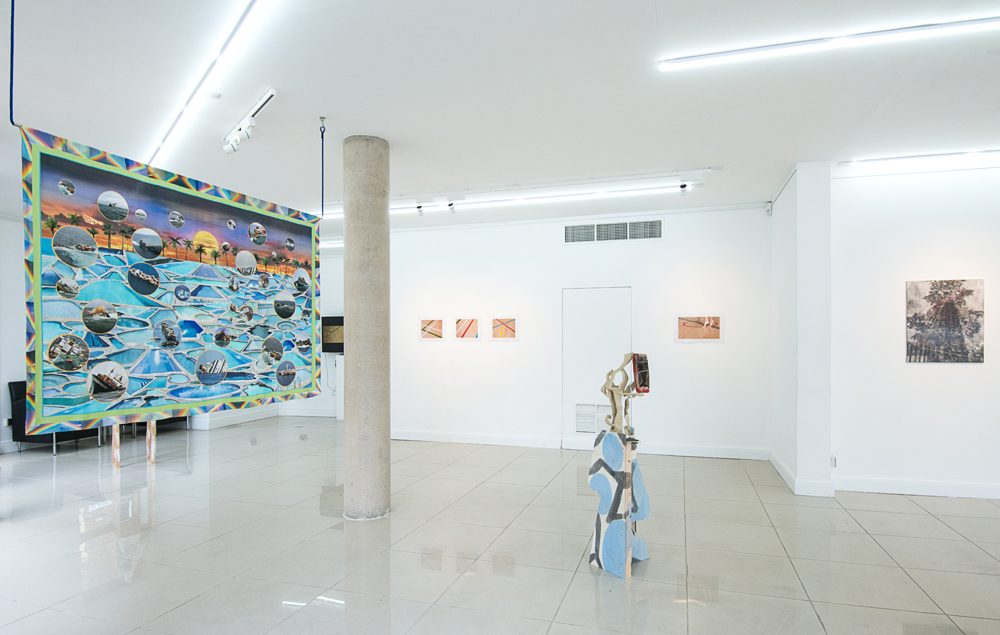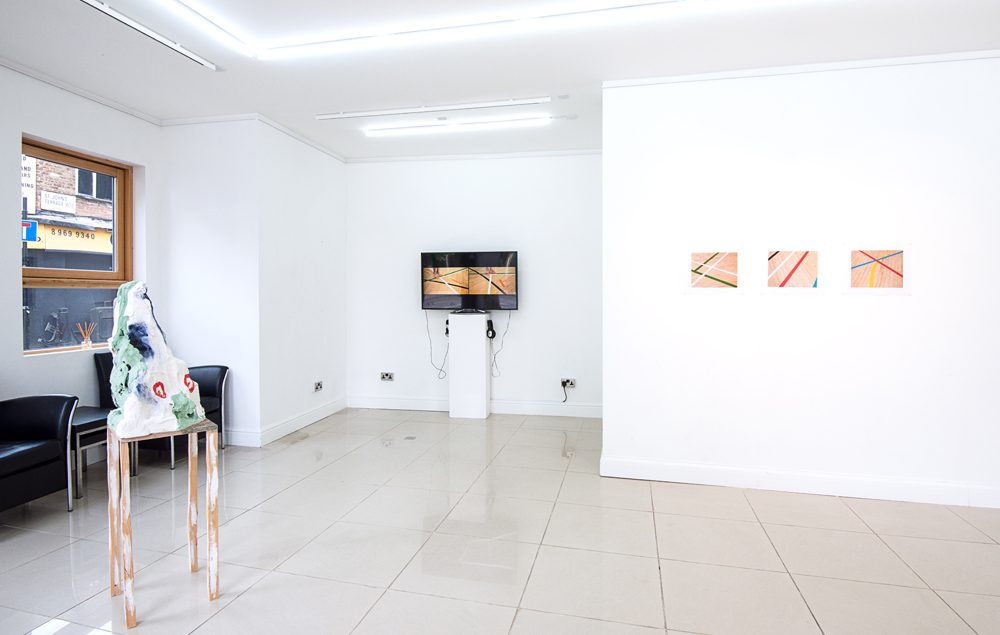Cry Violet
Cry Violet, curated by Reginald S Aloysius, marks the first of a series of artist-curated exhibitions for The Contemporary London.
Cry Violet brings together a group of artists, Jess Littlewood, Anouk Mercier, Nina Mangalanayagam, Nao Matsunaga, Reginald S Aloysius, whose practice references the Ethnosphere.
The Ethnosphere is a term coined by anthropologist and ethnobotanist Wade Davis and The National Geographic. In analogy to the inseparable interconnections of the natural world, the Ethnosphere refers to the cultural and spiritual web of life; the Ethnosphere is the sum of human imagination, encompassing, but not limited to all thoughts, beliefs, myths and institutions. Due to the irresistible need to defend the validity of progress, the Ethnosphere accepts and references the inevitable range of understandings of events that become a society’s history and that are often inconsistent with other historical interpretations.
In reflection of the Ethnosphere, the Cry Violet artists bring their own vision and language to the varying views of cultural landscapes, imagined or real, the decay of ideologies, and the memories of myths and rituals. Together their works showcase and explore the wondrous potential of human imagination, thought and creation.
Jess Littlewood’s digital compositions reference the recycling of ideas and aesthetics on a cultural level. Utopian concepts and myth-making embody fundamental needs that are tied up with humanity’s greatest strengths and weaknesses. Utopia is pursued but beyond reach and therefore may only act as a force of destruction and folly.
Anouk Mercier’s fictional collaged landscapes are reminiscent of 17th and 18th century Romantic landscape etchings. In fact, they are created from fragments of existing images. The merged images reference the past with a futuristic proposition. Mercier’s mesmerising compositions capture a yearning for escapism through the portrayal of fragmented yet beautiful ideals, whilst also exploring the mysterious, the abysmal and the uncanny that often lurks beyond.
Nina Mangalanayagam’s work examines the impact of environment, family and society on our identity. Even the closest interpersonal circles show evidence of social issues. Her video ‘Balancing Act’ uses familiar floor-markings in a sports hall to speak of rules, boundaries and nationality while a voiceover weaves together recollections of exclusion by the artist and others.
Nao Matsunaga is concerned with the cultural, physical and ethnological differences that make up cultural identity. As opposed to highlighting diversity, Matsunga references mankind’s similarities. These similarities often manifest in primal cultures and his ceramic amorphic pieces lend their process to this ‘primal culture’
Through his graphite drawings, Reginald S Aloysius explores emigration and the destruction of tradition. Dust, a floor piece drawing made from rice powder, references the fragility of culture and acts, such as the slashing of drawings with a scalpel, that can’t be undone. However, despite the brutality his stunning works retain an alluring essence.
Cry Violet is a species from the violet genus ‘viola’ extinct in the wild by 1930.
Jess Littlewood Artist Page | Anouk Mercier Artist Page
